A blue leg with a purple tint, a grayish-white hat are quite unusual for mushrooms. Such an unusual color usually discourages beginners of quiet hunting. But in vain, because it is a blue-legged, seemingly unusual, but completely edible mushroom. He does not have a lot of doubles, but still it is important to know his features so as not to make a mistake during the gathering in the forest.
Content
Characteristic features of the variety
A blue leg, a blue leg, a two-color row, a blue-leg row, a purple leg, or a blue root are all names for the same mushroom. He received his names due to the color and peculiar arrangement. After all, bruises grow in a row, tightly pressed against each other.
Appearance and photo
The lilac-legged row, and that is the scientific name of the mushroom, the mushroom pickers with experience collect it with pleasure, because it is very tasty. Novice mushroom pickers should read the photo and carefully study the description of the fungus so as not to confuse it with saprophytes, which in no case should be eaten.
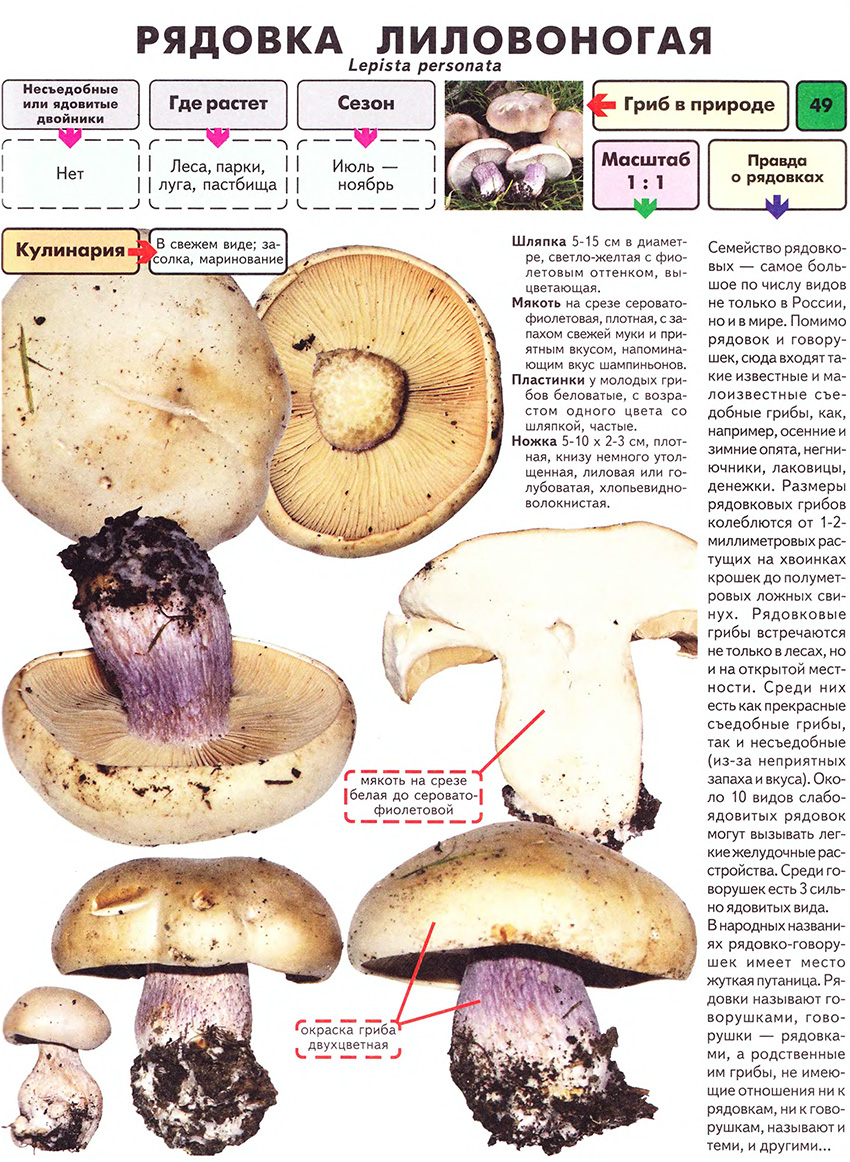
The little blue eye stands out with a shiny rather dense hat wrapped inside. In this way, it resembles a round bun.
Structure and species differences
Consider how this view looks in more detail. The hat usually reaches 10 cm in diameter, but it is also quite large - up to 25 cm. The color is light yellow, with a slight purple tint. It is important to note that color may vary. It depends on weather conditions, place of growth and age of the fungus.
As already noted, the edges of the hats are wrapped, but with old fruits they can be twisted. The hat is slightly oily to the touch, in rainy weather - sticky. Under it are the plates. Most often they are yellowish in color, but can also be cream, pinkish-cream or gray-cream. The plates themselves are large, freely located.
The legs are quite thick below (up to 3 cm), club-shaped, even. The length generally does not exceed 10 cm. The unusual bright lilac, violet or gray-violet color and fibrous structure are the main difference between young mushrooms.
The same purple color and flesh of the Blue Leg. Characterizing it, one can also note the density and thickness of the structure. With age, it becomes more loose. Very unusual flavor. Some mushroom pickers compare it to the pineapple flavor.
Place of distribution, terms and conditions of collection
Little bluefoot can be found on almost the entire territory of Russia (except the Far North). They also grow in North and South America, Europe, Kazakhstan.
The lilac-like ranks love to settle in meadows and pastures. But the forests they do not really favor, preferring a large amount of light. If they can be found there, then only under deciduous trees. They also like places with organic fertilizer, such as compost pits and abandoned farms, peat and chernozem soils. It is possible to collect the Blue-leg in forest ravines with beautiful leaves.
They grow very close to each other, whole families. Therefore, it is difficult not to notice them. There have been cases when in one place they collected up to 20 kg of the crop. Experts recommend going “hunting” from April to October in dry weather. During rains, the fruits are mucous and sticky, which makes them unpleasant to the touch, but small frosts up to minus 5 degrees are very well tolerated.
Eating
Mushroom The blue leg is conditionally edible, but, despite this, it is very tasty and somewhat resembles mushrooms and even chicken. It is fried, salted, marinated, boiled, dried, that is, eaten in any form, except for raw.
Useful properties and restrictions for use
The blue foot is not only tasty, but also very healthy. It is perfect for those who monitor their nutrition and count calories: 100 g of this product is only 22 kcal. In addition, it has many vitamins and minerals. That is why Row of lilac-legged is recommended to use in the season of colds.
The blue foot improves the functioning of the heart and blood vessels, normalizes blood pressure, strengthens the immune system, has anti-cancer, antimicrobial and antibacterial effects, and has beneficial effects on all organs. However, it is worthwhile to refrain from the use of mushroom dishes for people suffering from chronic diseases of the gastrointestinal tract and liver.
Difference from false, inedible mushrooms
It’s easy to confuse a blue-leg with Ryadovka violet and weed (or dirty), Violet and White-violet cobwebs, and also with Goat cobwebs. Here you need to be very careful and attentive:
- The row of violets, as the name implies, is distinguished by its color. This mushroom is entirely purple or blue. The row weed is smaller in size and its leg is thinner.
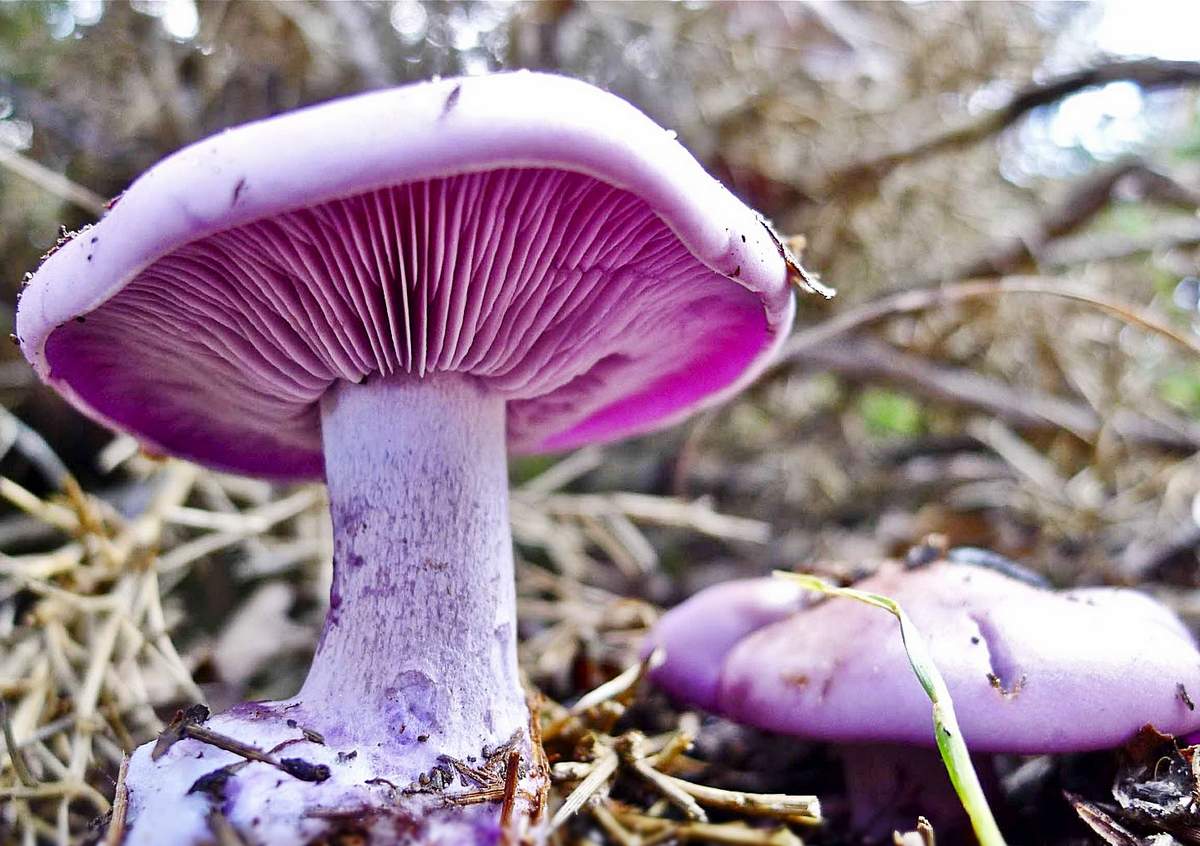
The row of purple - Unlike ranks that can be eaten, the Goat Cobweb is poisonous. It is more massive and has a specific unpleasant odor (smells like a goat or acetylene).
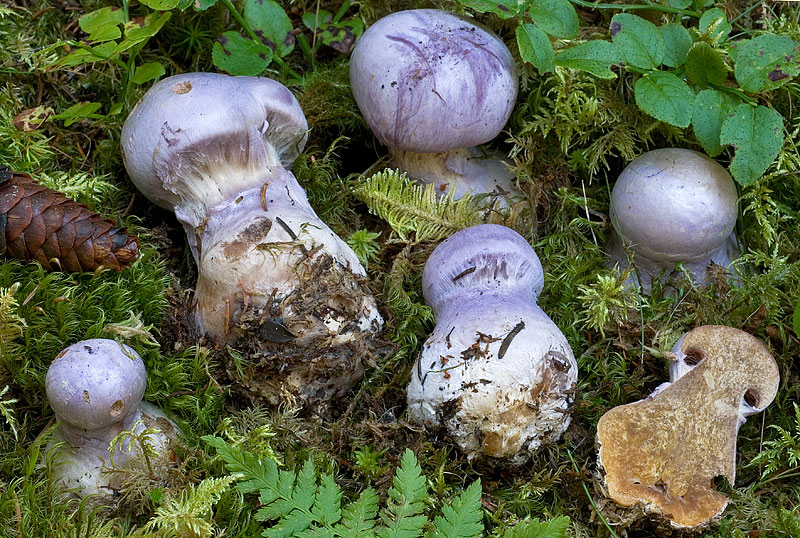
Cobweb Cobweb - The purple cobweb is a conditionally edible mushroom, but its taste is completely different. It can be identified by its "skirt" under the hat. It also differs in color: the top is grayer, with an ash tint.
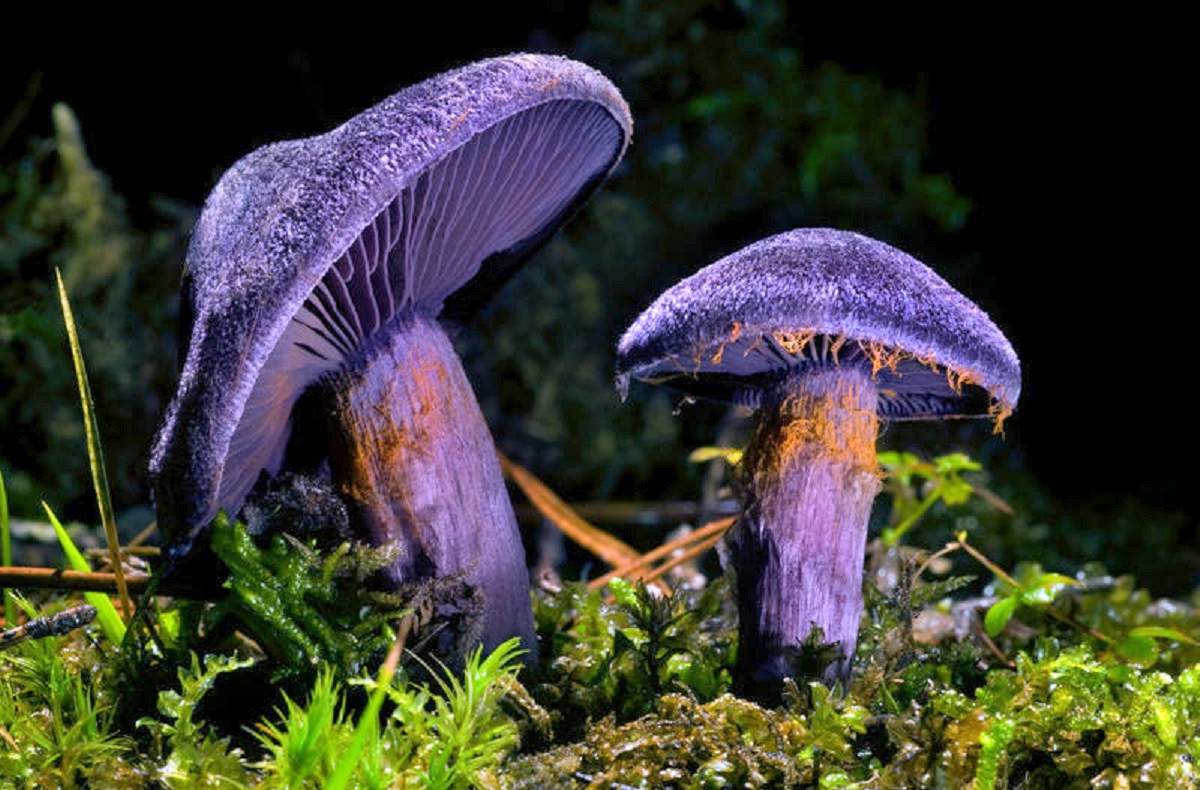
Purple cobweb - Much worse than the white-purple cobweb. He is poisonous. In calm weather, you can smell its specific smell in the forest. In order not to put such a fruit in a basket, you need to know its signs. If the mushroom is broken, you can see the flesh of a light yellow color, sometimes with purple spots.
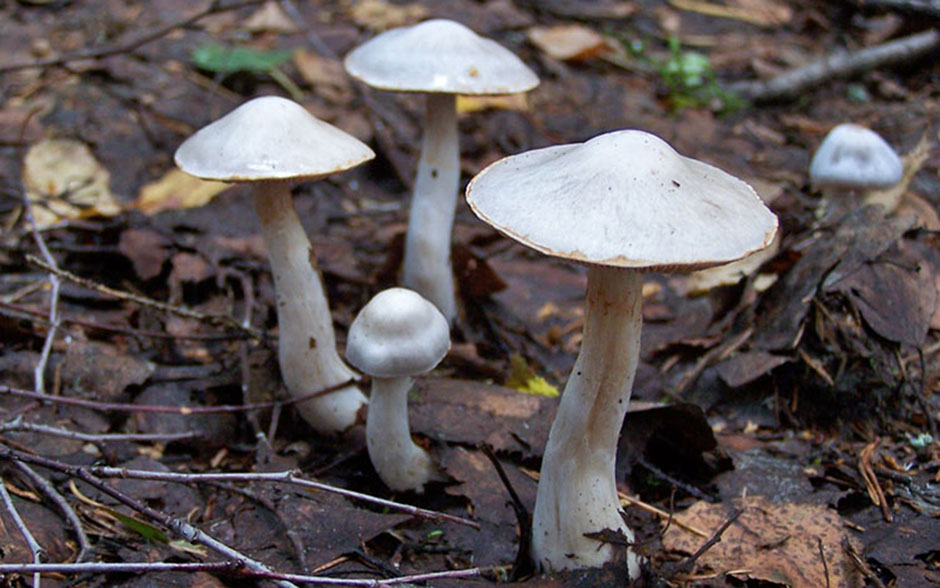
White and purple cobweb
Recipes and cooking features
Blueberry mushrooms are fried, pickled, and used to make soups, julienne, pancakes and other dishes. But for the dish to turn out to be really tasty and healthy, you need to be able to cook them correctly.
Treatment
The first thing to do is to sort out the mushrooms and soak in salt water to get rid of possible insects. After this, rinse them well under running water. This will remove trash that may be in the plates. It is necessary to carefully clean, removing the skin from the caps, and boil for about 15 minutes.
How to pickle?
If you pickle mushrooms correctly, they can persist for a long time and delight you with an excellent taste all winter.
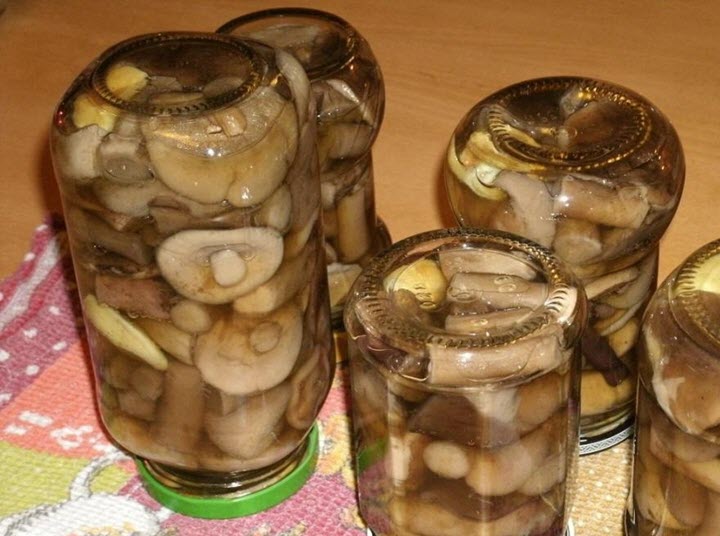
The recipe is simple:
- For 1 liter of water, take 2 tbsp. l salt and sugar, 2 leaves of laurel, sprigs of cherries and currants, 8-10 pcs. black pepper, 5 cloves of garlic.
- Fully prepared mushrooms are poured with this mixture, boiled for another 20 minutes and poured 1 tbsp. a spoonful of vinegar.
- Ready mushrooms are laid out in sterilized jars and rolled up.
Other recipes
Incredibly tasty rowing fried, and especially with butter and sour cream.
Answers to widespread questions
Mushrooms are boiled for 15-20 minutes in water with the addition of salt. The readiness of the bruises can be determined by how they are located in the pan. If done correctly, they will drown. Water after boiling the bruises should be poured out, it can not be eaten.
The blue leg mushroom is very unusual. With his amazing color, he sometimes scares inexperienced mushroom pickers. However, it is suitable for human consumption. The blue leg is very tasty boiled, fried, pickled, it is added to a wide variety of dishes. It is important to remember that in nature there are mushrooms similar to this one. Since there are poisonous counterparts, vigilance must be observed when collecting.

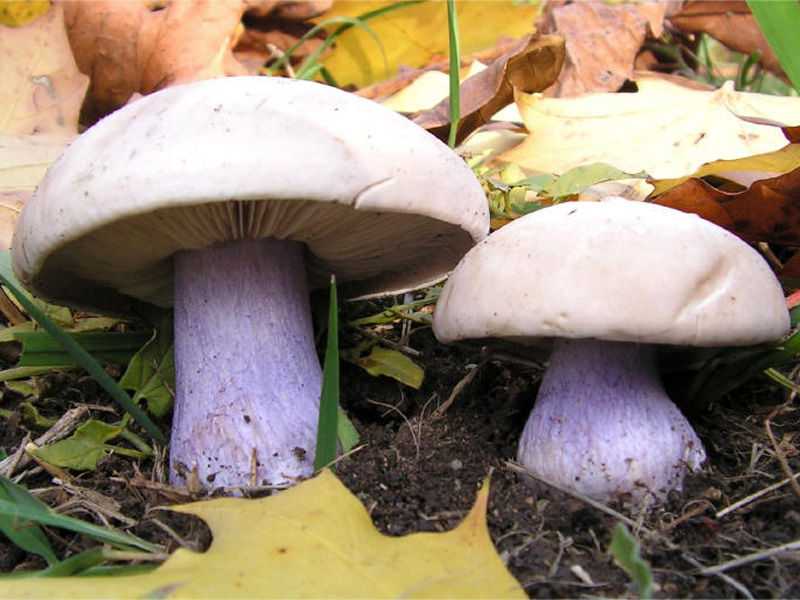
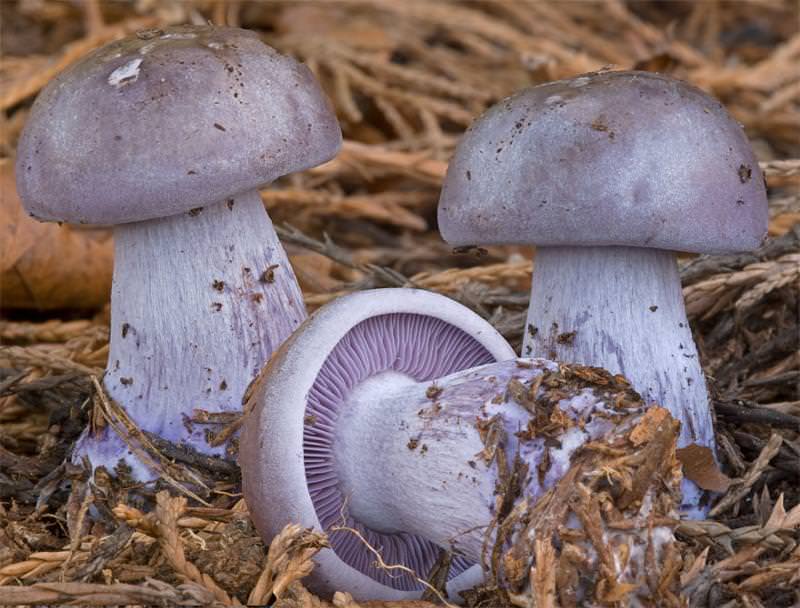
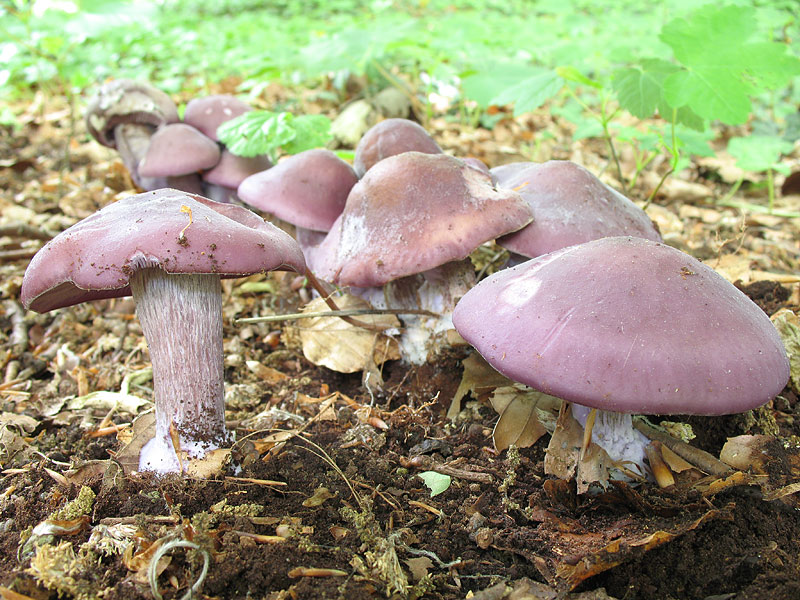
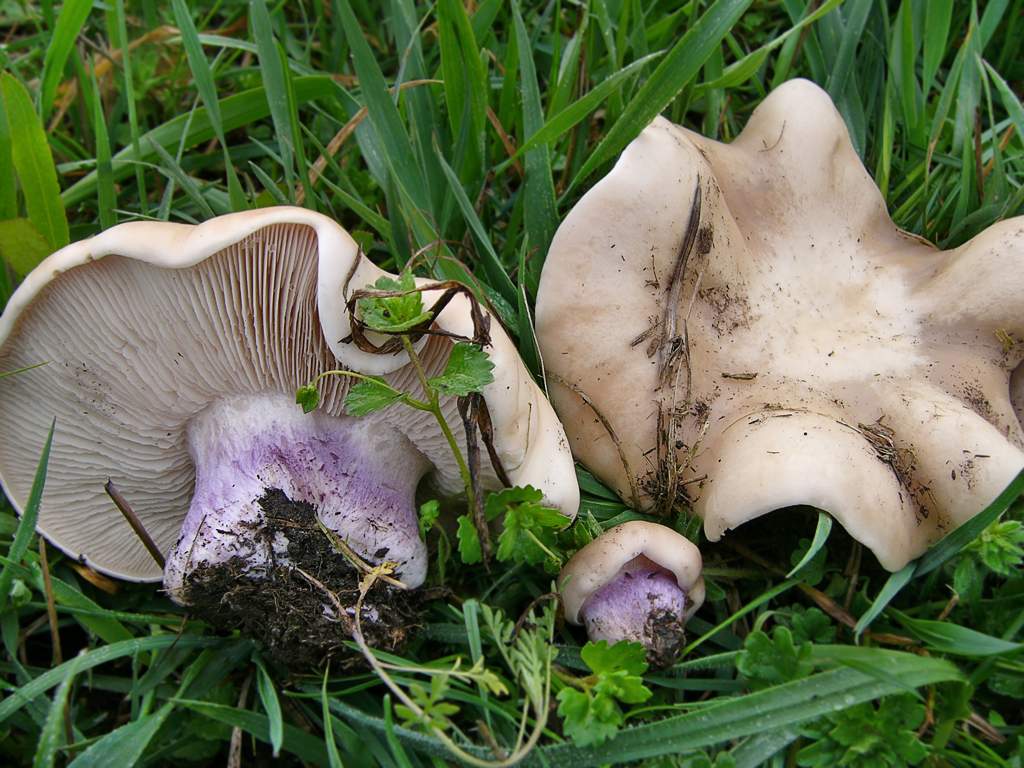
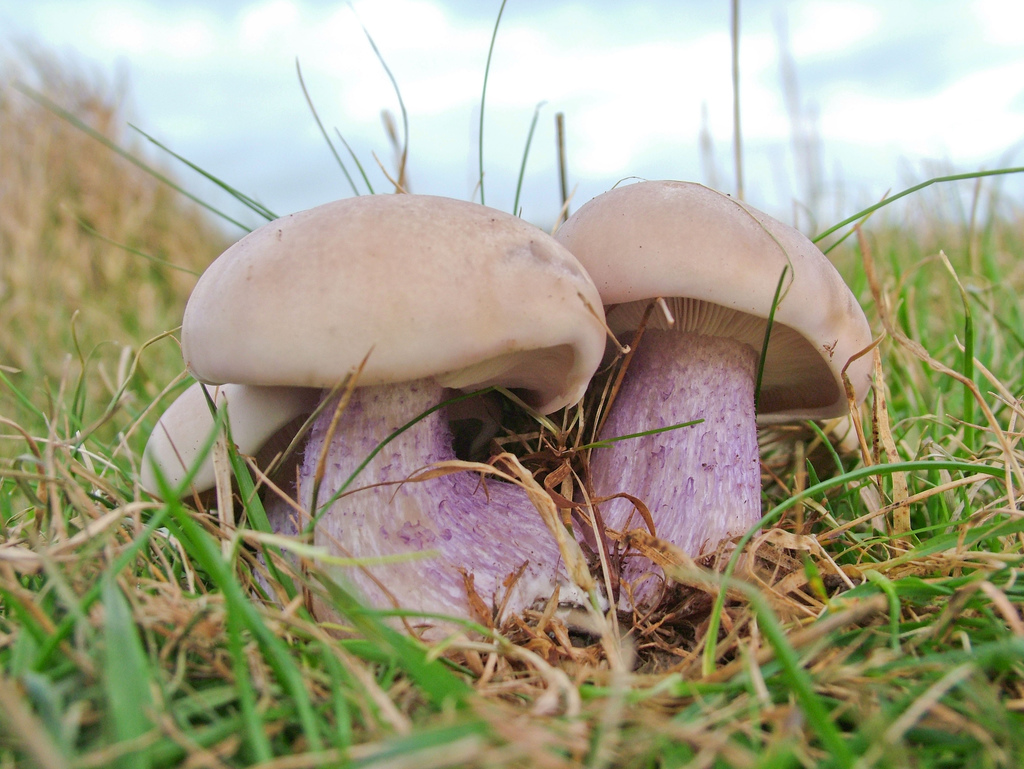
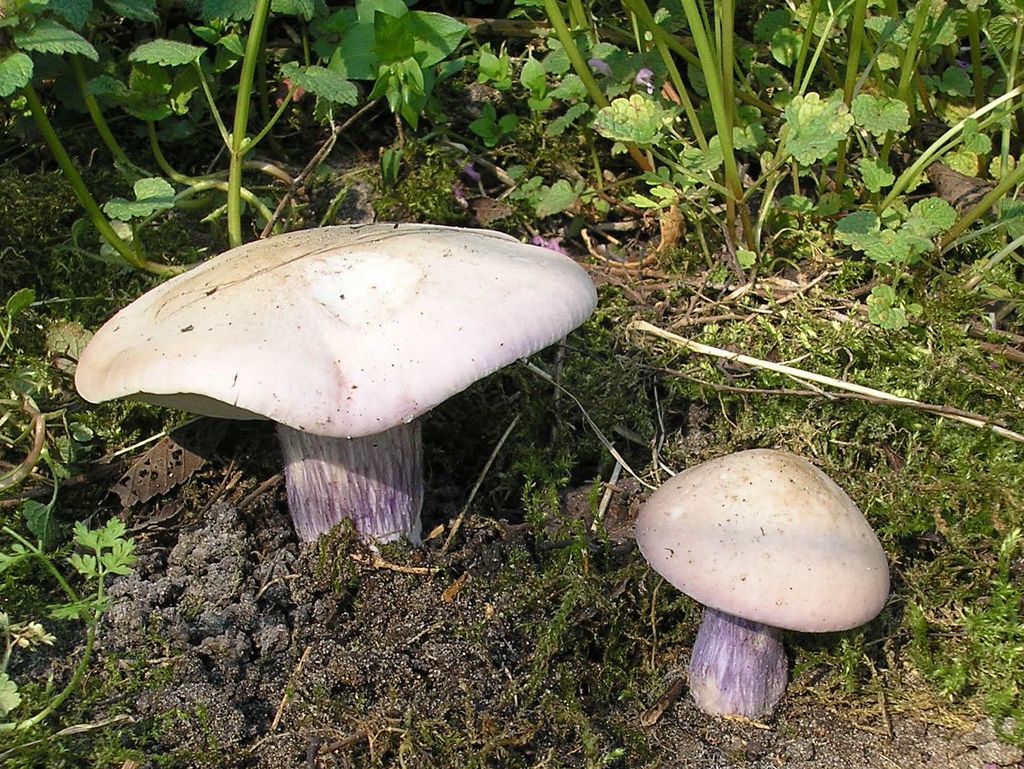
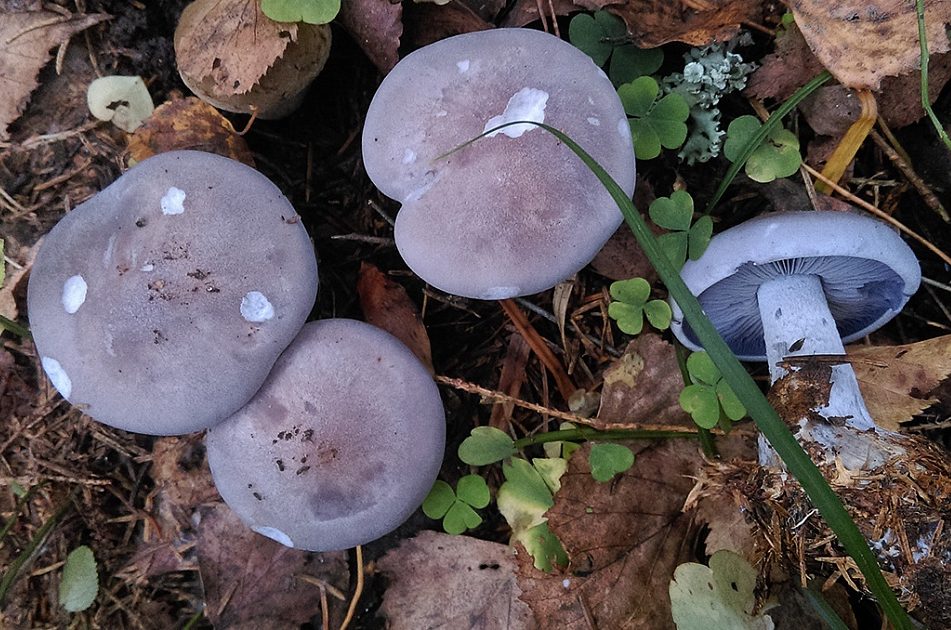
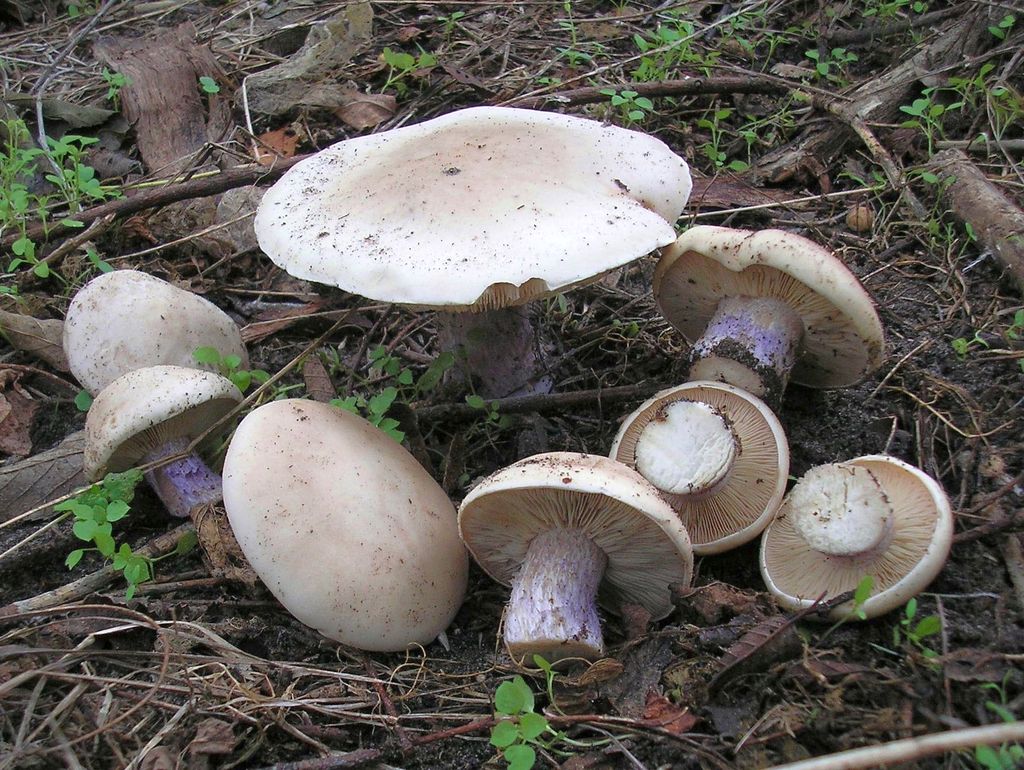
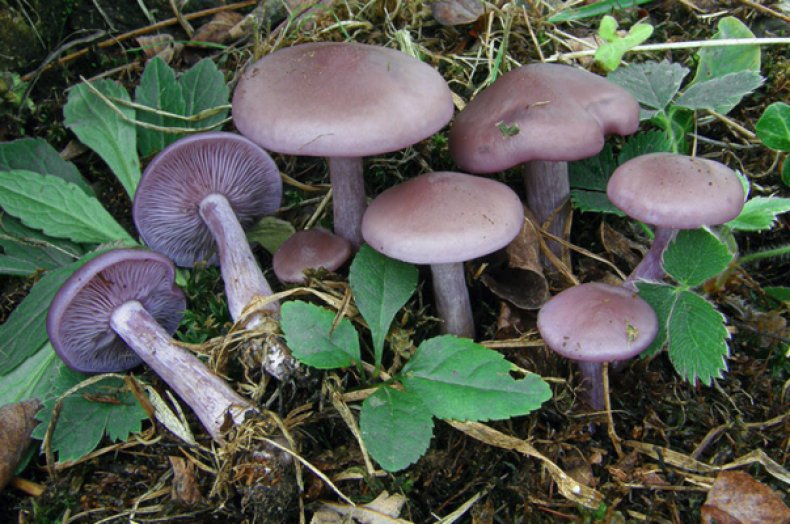



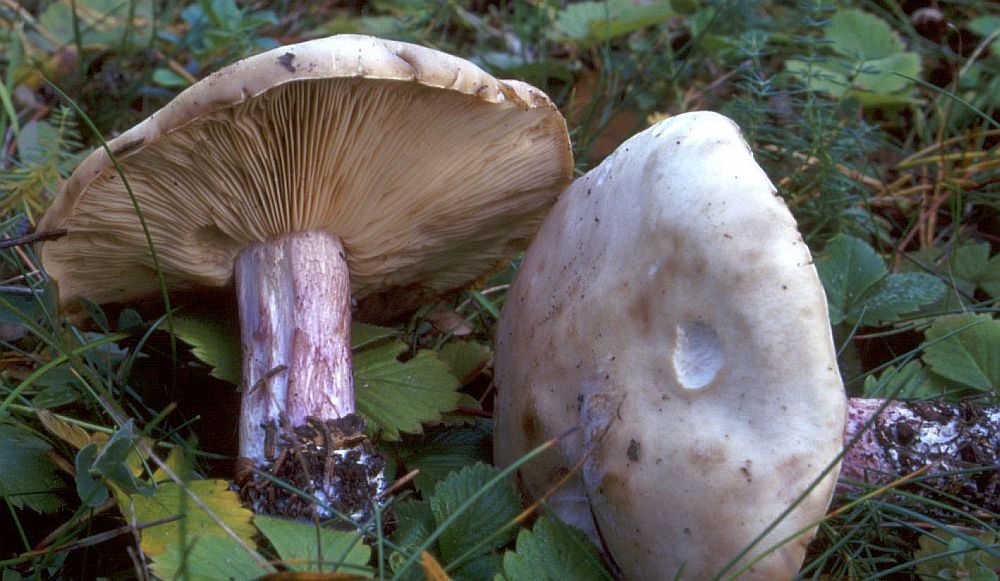
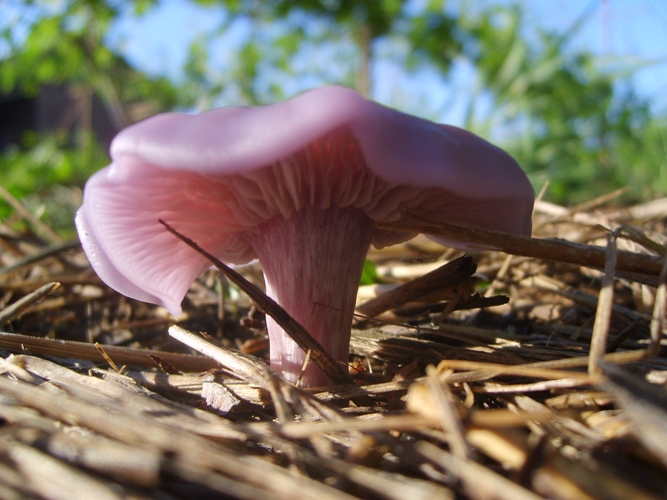

 Care and use of Kombucha at home (+22 photo)
Care and use of Kombucha at home (+22 photo) Edibility of the fungus of the motley umbrella and its description (+19 photo)
Edibility of the fungus of the motley umbrella and its description (+19 photo) Description of edible and inedible oils, their poisonous counterparts (+40 photos)
Description of edible and inedible oils, their poisonous counterparts (+40 photos) Useful properties of milk mushroom and its contraindications (+17 photos)
Useful properties of milk mushroom and its contraindications (+17 photos)
ALEXEY
we used to harvest this mushroom a lot .. collected it on abandoned farms ... but for the last 15 years it hasn’t been available ... people got cars and everything became available ... mushrooms ran out .. fish, etc.